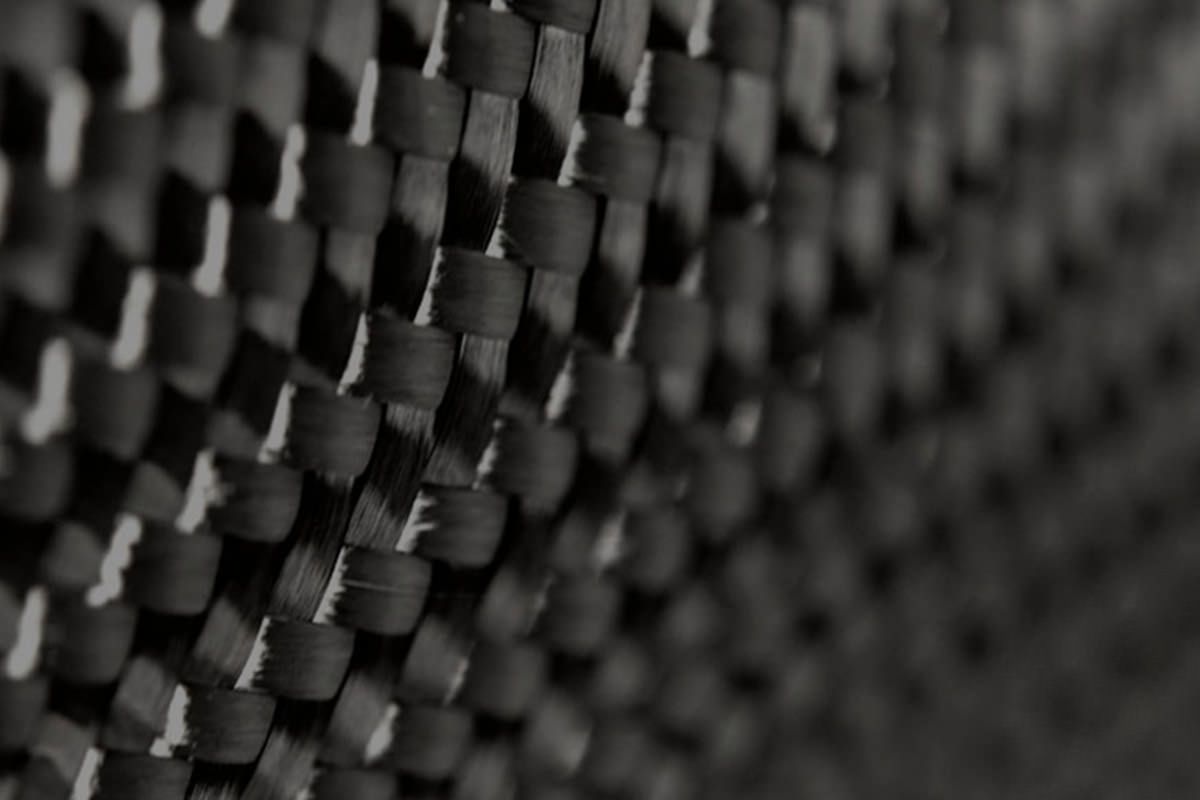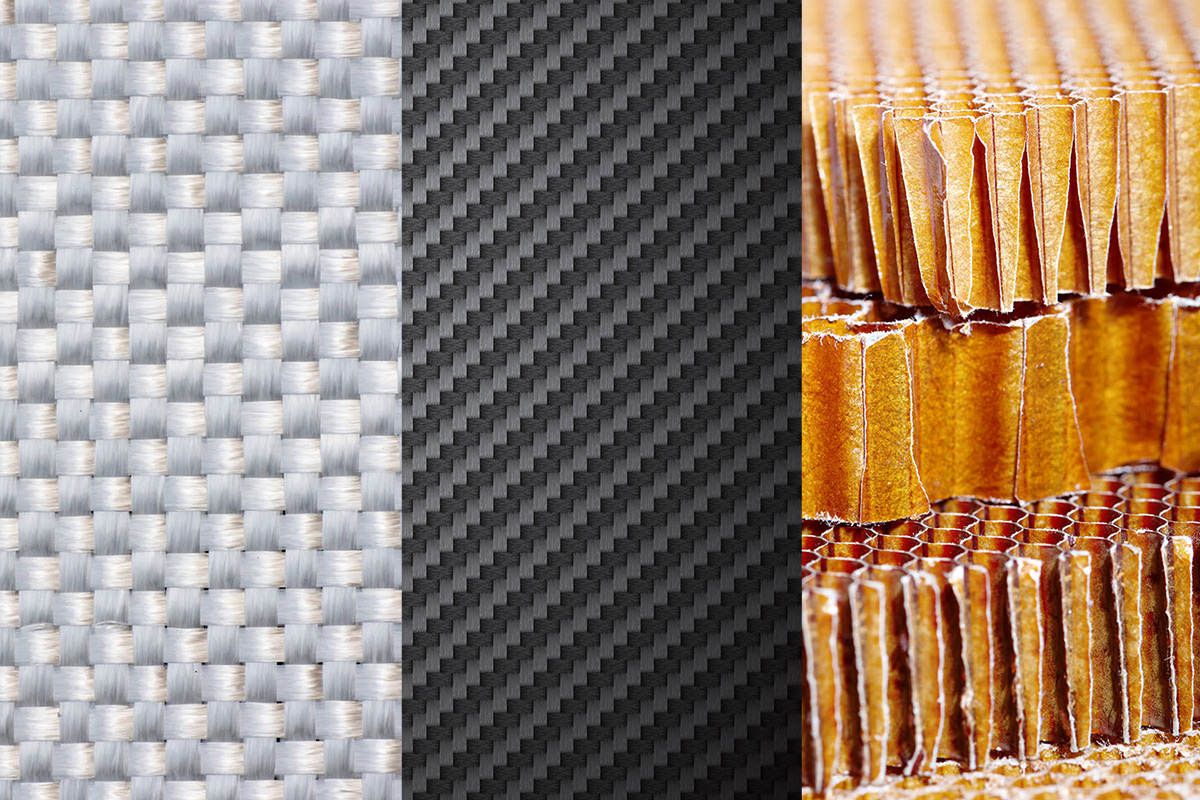
Fiber-reinforced composites
A composite material (also called a composition material or shortened to composite, which is the common name) is a material made from two or more constituent materials with significantly different physical or chemical properties that, when combined, produce a material with characteristics different from the individual components. The new material may be preferred for many reasons. Common examples include materials which are stronger, lighter, or less expensive when compared to traditional materials. There are two main categories of constituent materials: matrix (binder) and reinforcement. At least one portion of each type is required. The matrix material surrounds and supports the reinforcement materials by maintaining their relative positions. The reinforcements impart their special mechanical and physical properties to enhance the matrix properties. A synergism produces material properties unavailable from the individual constituent materials, while the wide variety of matrix and strengthening materials allows the designer of the product or structure to choose an optimum combination.
Which filament?
Reinforcement usually adds rigidity and greatly impedes crack propagation. Thin fibers can have very high strength, and provided they are mechanically well attached to the matrix they can greatly improve the composite’s overall properties. Fibre-reinforced composite materials can be divided into two main categories normally referred to as short fibre-reinforced materials and continuous fiber-reinforced materials. Continuous reinforced materials will often constitute a layered or laminated structure. The woven and continuous fiber styles are typically available in a variety of forms, being pre-impregnated with the given matrix (resin), dry, uni-directional tapes of various widths, plain weave, harness satins, braided, and stitched.

Which matrix?
As matrices basically thermoplast or thermoset polymers are used. Polymers are common matrices (especially used for fibre reinforced plastics). Typically, most common polymer-based composite materials, including fibreglass, carbon fibre, and Kevlar, include at least two parts, the substrate and the resin, as polyester, epoxy, PA (Polyamid), PEEK (Polyetheretherketon) or PEI (Polyetherimid). The differentiation depends on the technical characteristics requested for a specific treatment and application.
Glass fiber
Glass fibers are today still the most used reinforcement fibers for composite materials due to the convenient price/performant ratio and the widespread use of glass fibers in the electronic industry for printed circuit boards, isolations, etc. Glass fibers are mostly used because of their chemical resistance and dielectric characteristics. Glass fibers has roughly comparable mechanical properties to other fibers such as polymers and carbon fiber. Although not as rigid as carbon fiber, it is much cheaper and significantly less brittle when used in composites. Glass fibers are therefore used as a reinforcing agent for many polymer products; to form a very strong and relatively lightweight fiber-reinforced polymer (FRP) composite material called glass-reinforced plastic (GRP).
Aramid fiber
Aramid fibers are similar to carbon fiber regarding thermal expansion. Due to a negative coefficient in fiber direction in case of increased ambient temperature the fibers get shorter and thicker. The specific strength and their modulus of elasticity are generally lower compared to carbon fiber. Compared with the positive coefficient of thermal expansion for the matrices highly dimensionally stable parts can be manufactured. Compared to carbon fiber reinforced plastics the compressive strength of aramid fiber reinforced plastics are significantly lower, therefore the impact resistance much higher. Aramid fiber reinforced plastics are mostly used if a very high capability of energy absorption is required from a technical point of view.

